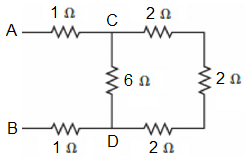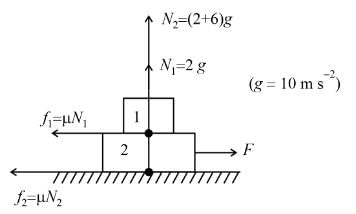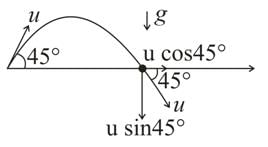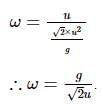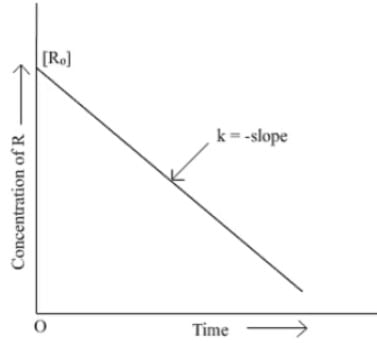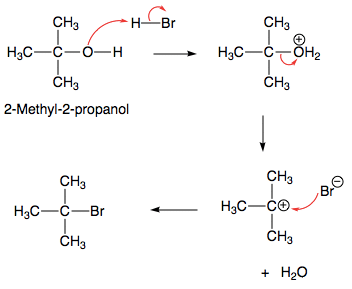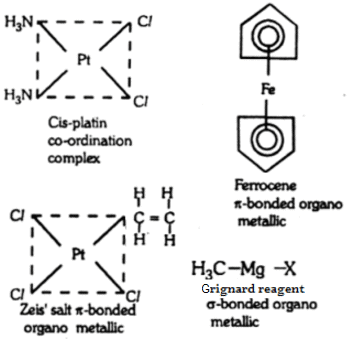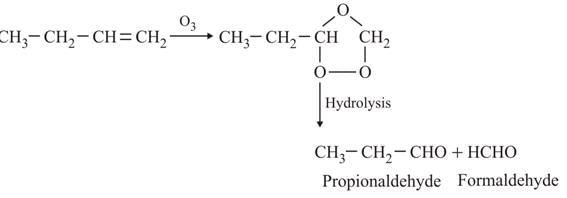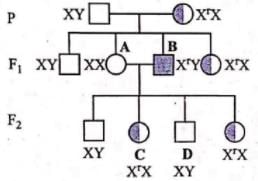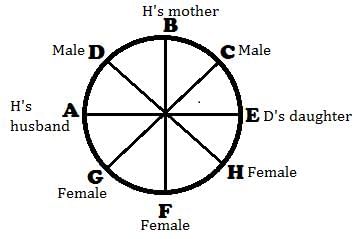SRMJEE Mock Test - 5 (Medical) - JEE MCQ
30 Questions MCQ Test - SRMJEE Mock Test - 5 (Medical)
In the figure, what is the equivalent resistance between A and B?


A parallel plate air capacitor is charged to a potential difference of V volts. After disconnecting the charging battery, the distance between the plates of the capacitor is increased using an insulating handle. As a result, the potential difference between the plates
With reference to the figure shown, if the coefficient of friction at the surfaces is 0.42 , then the force required to pull out the 6.0 kg block with an acceleration of 1.50 m s−2 will be,
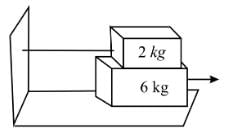

The SI unit of length is the metre. Suppose we adopt a new unit of length which equal x metre. The area of 1 m2 expressed in terms of the new unit has a magnitude
A particle is projected at an angle of 45° with the horizontal, with a speed u, in a uniform gravitational field, as shown in the figure. The instantaneous angular speed of the particle, with respect to the point of projection, at the moment it falls at the same horizontal level, is equal to

A point source S emitting light of wavelength 600 nm is placed at a very small height h above a flat reflecting surface AB (see figure). The intensity of the reflected light is 36% of the incident intensity. Interference fringes are observed on a screen placed parallel to the reflecting surface at a very large distance D from it.
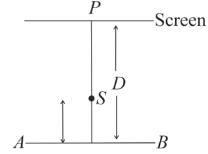
What is the shape of the interference fringes on the screen?
In a kinetic study, the plot of [reactant] versus [time] is a straight line with a negative slope.
The reaction follows.
Which of the following is not considered as an organometallic compound?
Which of the following pairs of ions, when mixed in dilute solutions, may give a precipitate?
Spermatogenesis and sperm differentiation are under the control of
What does the structural gene (y) of a lac operon code for?
The fully processed hnRNA is called (i) and is transported out of the (ii) into (iii) for translation.
Study the given pedigree chart showing the inheritance of an X-linked trait controlled by gene 'r'
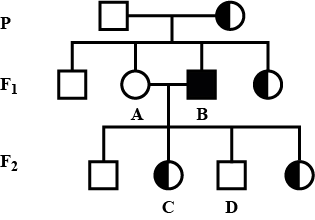
What will be the genotypes of individuals A, B, C and D respectively?
A company has developed a GM maize plant which produces high amount of sugar. The right granted to the company because of which others cannot use it is
Centrosome and centrioles are made up of nine evenly spaced peripheral fibrils of
In a laboratory population of fruit flies, if 4 individuals died during a specified time interval and the population had 40 fruit flies, what is the death rate?
Which one of the following fish is being illegally introduced for aquaculture purposes and is posing a threat to the indigenous catfishes of Indian rivers?
Who proposed that the first form of life could have come from pre-existing nonliving organic molecules?
Which of the following sequences is truly a systemic circulation pathway?
Which of the following statements is/are false?
a. The collecting duct extends from the cortex of the kidney to the inner parts of the medulla.
b. Each human kidney has nearly one million complex tubular structures called Columns of Bertini.
c. The collecting duct can reabsorb large amounts of water to produce a concentrated urine.
The carbon in CO2 is radioactively labelled. The product in which this radioactive carbon can be found in C3 plants is
In the figure given below, ∠A = 80° and ∠ABC = 60°. BD and CD bisect angles B and C respectively. What are the values of x and y respectively?

If O is the centre of the circle and R is the point of contact of the tangent, then what is the measure of ∠ORQ?

Study the following information carefully and answer the given question:
A, B, C, D, E, F, G and H are sitting around a circle facing the centre but not necessarily in the same order.
- B sits second to left of H's husband. No female is an immediate neighbour of B.
- D's daughter sits second to right of F. F is the sister of G. F is not an immediate neighbour of H's husband.
- Only one person sits between A and F. A is the father of G. H's brother D sits to the immediate right of H's mother. Only one person sits between H's mother and E.
- Only one person sits between H and G. G is the mother of C. G is not an immediate neighbour of E.
Which of the following is true with respect to the given seating arrangement?
A mobile phone and a tablet were sold at a profit of 10% and at a loss of 8% respectively. If the cost price of the mobile is 1.5 times that of the tablet, what is the overall profit percentage earned by selling both the articles?
Which of the following is the same in meaning as "deferred" written in underline in the passage?
Which of the following is opposite in meaning to "ramp up" written in underline in the passage?


